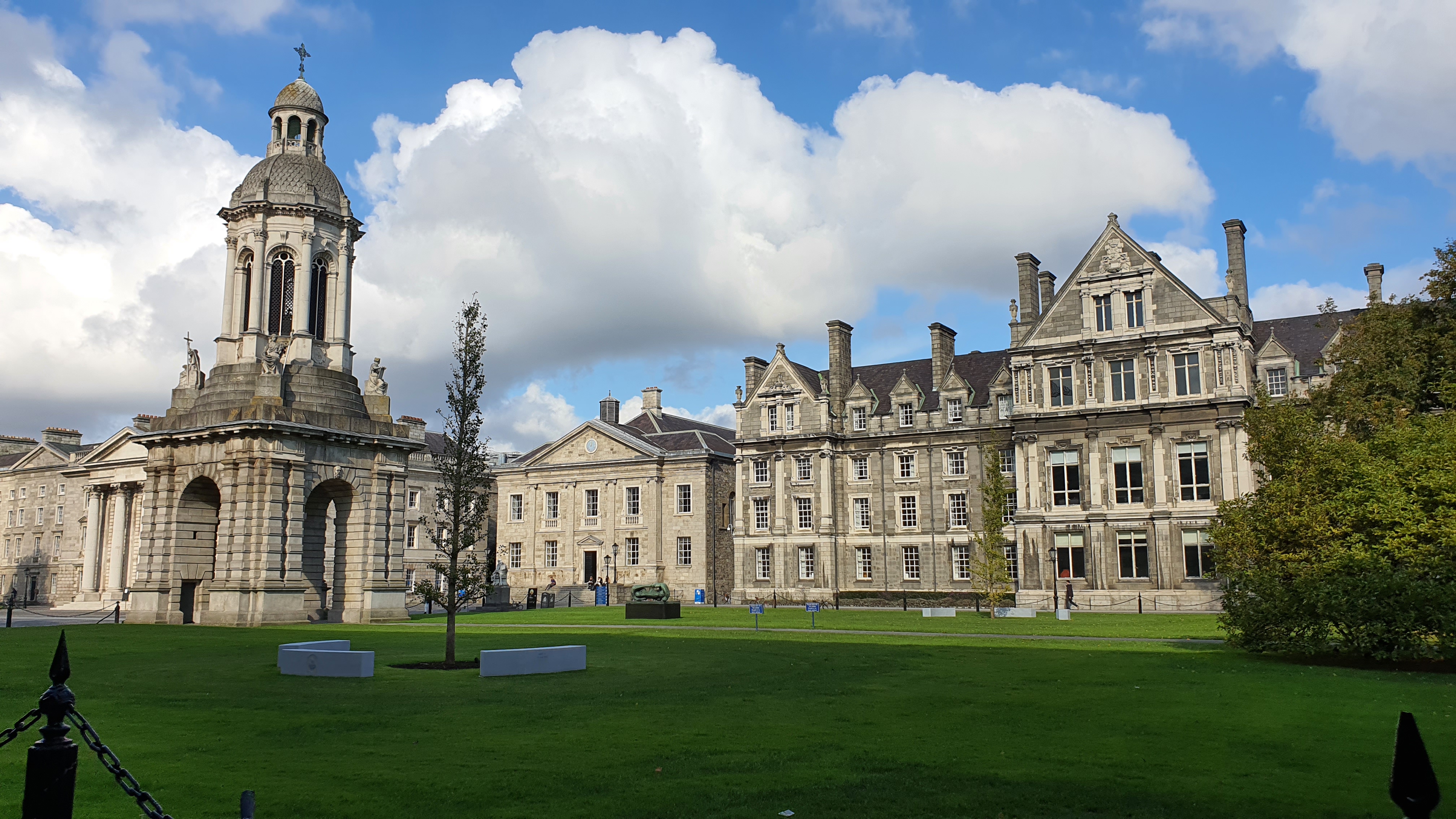Set in the corner of Front Square, nestled beside the Main Arch, the walk across the cobblestones to House 6 is often thought of as a cornerstone of the Trinity student experience. Home to not only the SU but also the CSC and publications offices, much of the most prevalent and relevant work regarding students occurs within the walls of this building. However, the very structure of House 6 itself has been identified as inaccessible, largely due to its lack of a lift. For a building that focuses so much on student engagement and inclusion, the fact remains that the current structure of House 6 excludes many of the people they serve.
“I felt like I wasn’t wanted in House 6, which is itself the heart of the student body.”
For fourth year student Niamh Herbert, who has Friedreicht’s ataxia and uses a wheelchair, the inaccessibility of House 6 seemed like “a sign that said: stay out, we don’t want you here.” Herbert, who serves as the current Officer for Students with Disabilities, described the frustration and difficulties she experienced as a result of the absence of a lift in the building. “I felt like I wasn’t wanted in House 6, which is itself the heart of the student body,” she said. “A lot of people are very uneducated about disability issues and it can be so disheartening sometimes to see that.”
Indeed, one of the most striking injustices is the fact that as the student capitations in House 6 are partially funded by the yearly student contribution charge, many students with physical disabilities find themselves paying for services housed in a building they cannot access. “Wheelchair users or those with mobility aids require an elevator to access these offices, and there is no elevator in the building,” explained Courtney McGrath, Former Officer for Students with Disabilities and co-founder of the Trinity Ability co-op. “If students with disabilities cannot access this building, what are they paying for?”
Herbert and McGrath brought up the issue of the inaccessibility of House 6 in Equality Hustings during the SU elections, to which President-elect Leah Keogh said that the current state of the building is an “embarrassment” to Trinity. Speaking to Trinity News, she expanded on how the inaccessibility of House 6 reflects on both the SU and Trinity overall. “I think it’s a product of that revolving door of sabbatical officers. These are long term projects, and they do fall through the cracks every year,” she said. “I don’t think it’s up for question that wherever Student Union offices are, they need to be accessible.”
“The college is responsible to ensure that students with disabilities have the best possible experiences.”
In addition to House 6, a number of historical and significant buildings in Trinity have also been identified as inaccessible, including the Provost’s house, the GMB, and the Samuel Beckett Theatre. As part of an attempt to remedy these issues, however, the Disability Service was recently given permission by the Capital Resource Group to embark on a universal access project, where over €2 million have been identified to ensure that these projects are carried out in the near future. “The college is responsible to ensure that students with disabilities have the best possible experiences, and that includes everything from social right through to academic experiences,” said Declan Treanor, Director of the Disability Service. “I know House 6 means a lot to those bodies [such as the SU and the CSC] but they need to work now to be inclusive.”
Treanor is optimistic about the ability to install a lift in the building, but recognizes that this project will require the cooperation of the SU, CSC and student publications. “I believe it is possible – it’s been done in other historical buildings,” he said. “I think all those groups are engaged in this project and they all know it’s an issue. They have to strive to make House 6 accessible and if it’s not accessible then they’re not fit to be in an inaccessible building that excludes people who they serve.”
Aware that this will be an intricate and detailed project, for Keogh, the first step will be carrying out a thorough feasibility study to determine the costs of the project and how much funding will come from the student levy. “If nothing else, if the groundwork can be laid now whoever comes in next will just have to keep their foot on the gas and just have to keep pestering Estates and Facilities to progress this accessibility project and that’ll be enough,” she said. “It’s definitely a long term project but if the ground work isn’t laid we won’t see it come to fruition, so that’s why I’m trying to push it now.”
“God knows how long House 6 has been around. It’s 2021 – it’s time for it to become accessible.”
As the academic year draws to a close and preparations for the coming year begin, Herbert remains optimistic about the prospects of making House 6 and other Trinity buildings more accessible. “I definitely do have hope for the future of Trinity in respect to accessibility. Trinity is making these changes – slowly as it may be they’re still happening,” she said. “But God knows how long House 6 has been around. It’s 2021 – it’s time for it to become accessible.”






